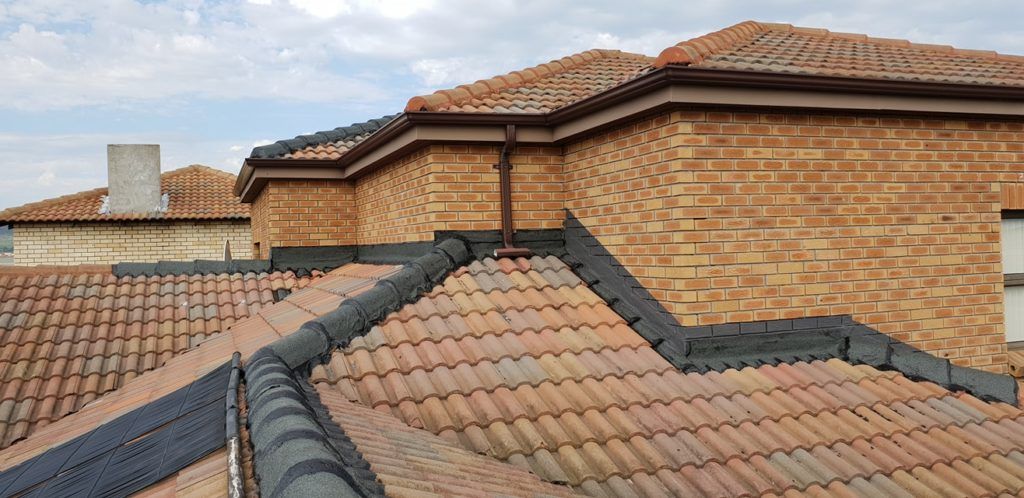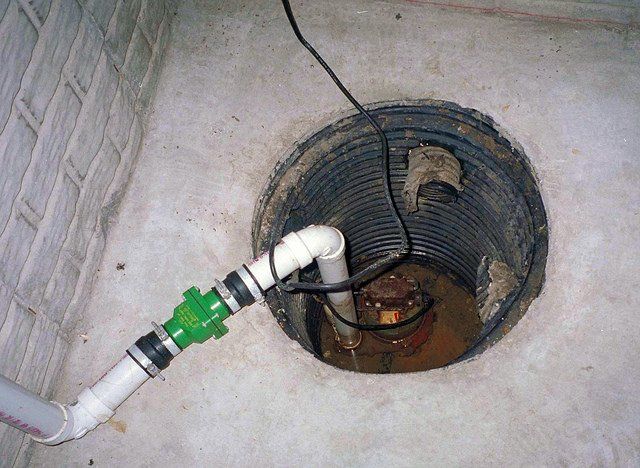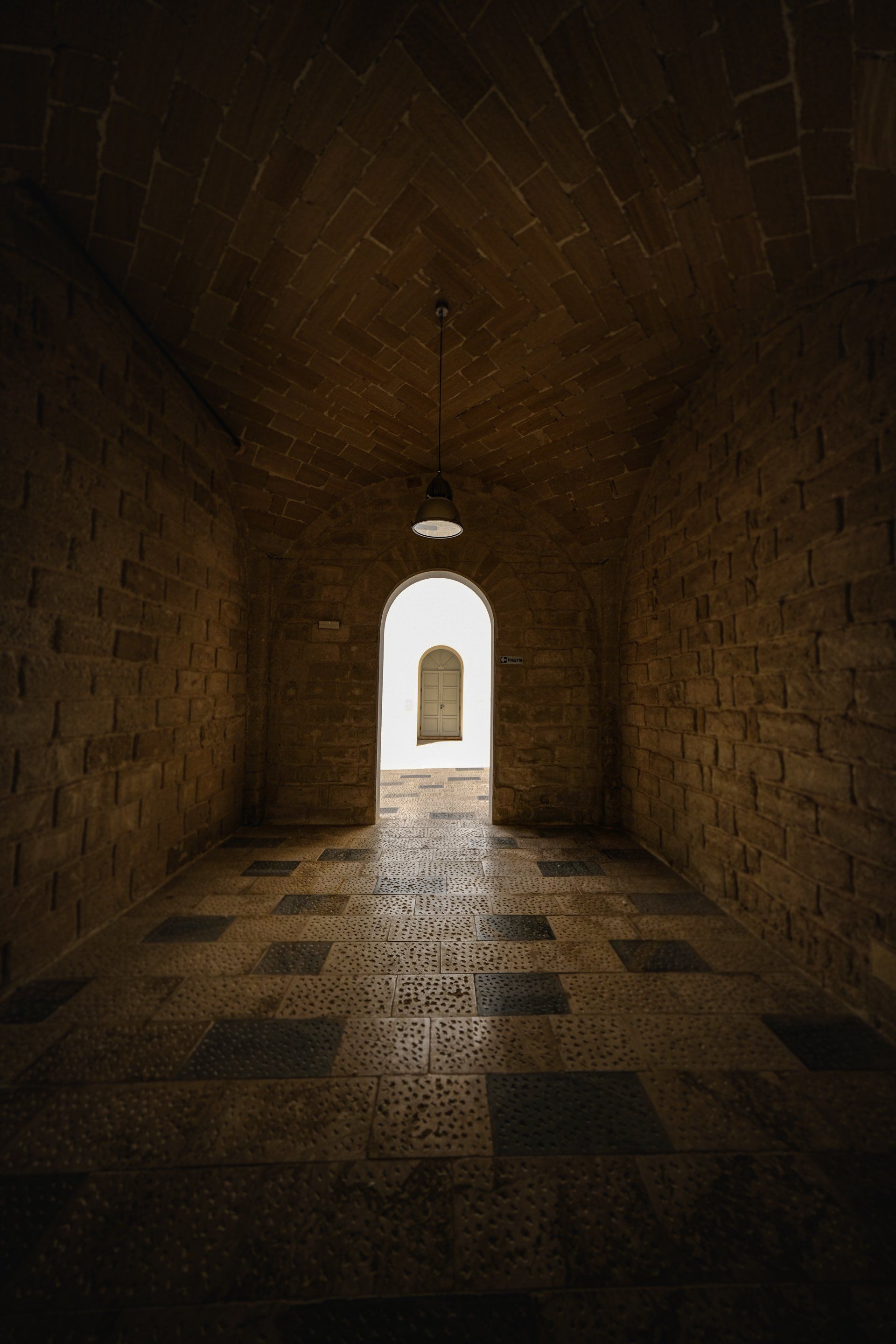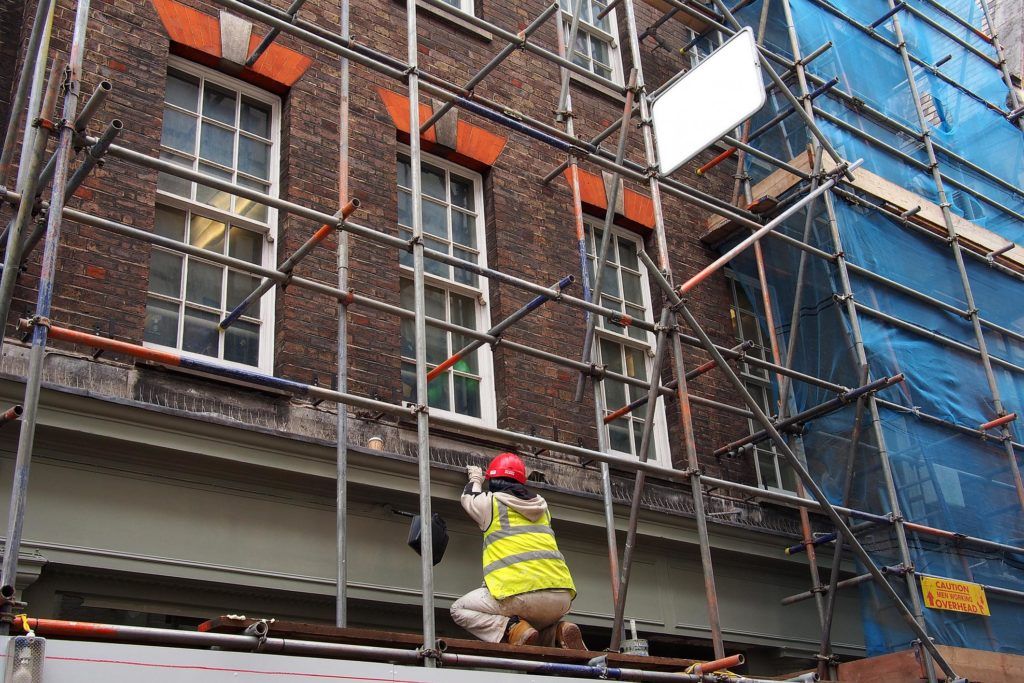A Complete Guide to Drain Tile Installation for Property Protection
"Expert Strategies and Insights for Effective Water Management with Drain Tile Systems"
In the battle against water damage and foundation issues, drain tile installation emerges as a critical defender of your property's structural integrity. This hidden yet vital system plays a pivotal role in redirecting unwanted water away from your building's foundation, ensuring a dry and stable environment. Whether tackling moisture problems in a basement, safeguarding the foundation, or managing groundwater effectively, understanding the nuances of drain tile installation is essential for homeowners and property managers alike. This guide delves into the intricacies of both exterior and interior drain tile systems, offering a comprehensive look at their importance, installation processes, and the varied considerations that influence their effectiveness. From selecting the right type of system to understanding the associated costs and finding skilled professionals, we cover all the essentials you need to know for successful drain tile installation.

Understanding Drain Tile Installation
Drain tile systems, also known as French drains, are essentially a network of pipes laid around a foundation's perimeter to redirect water away from the structure. These systems can be installed externally (exterior drain tile installation) or internally (interior drain tile installation), depending on the property's needs and existing construction.
Exterior Drain Tile Installation
Exterior drain tile installation involves placing perforated pipes along the outside of a foundation. This method is typically more invasive as it requires excavation around the property but is highly effective in preventing water infiltration from the outside.
Interior Drain Tile Installation
Interior drain tile installation is an alternative approach, where the drainage system is installed underneath the basement floor. This method is less invasive but equally effective in managing water issues. Interior drain tile installation cost can vary based on the complexity of the installation and the property's layout.
Professional drain tile installers
Finding a reputable contractor for drain tile installation is crucial for a successful project. It’s advisable to seek local professionals with experience in regional soil and weather conditions, ensuring that your drain tile system is tailored to your specific environmental needs.
Basement Drain Tile Installation
In the case of basement drain tile installation, the focus is on safeguarding your basement from water seepage and flooding. This process often involves installing a sump pump to effectively manage and redirect the collected water.
Sump Pump Drain Tile Installation
Sump pump drain tile installation is a critical component of a comprehensive basement waterproofing system. The sump pump works in tandem with the drain tile to efficiently pump out water that accumulates in the drain tile system, keeping your basement dry.
Foundation Drain Tile Installation
Foundation drain tile installation is aimed at protecting the structural integrity of your building. By ensuring that water is effectively redirected away from the foundation, this system helps prevent issues like foundation cracks and structural weakening due to water damage.
Drain Tile Installation Cost
The cost of drain tile installation can vary significantly based on several factors, including the size of your property, the type of system (interior or exterior), and regional labor costs. It's important to get a detailed quote from a trusted contractor to understand the full scope and cost of the project.
French Drain Tile Installation
French drain tile installation is another term used for this type of drainage system. It involves creating a gravel-filled trench and installing a perforated pipe to redirect surface and groundwater away from specific areas.
Conclusion
Drain tile installation is a vital investment in protecting your property from water damage. Whether you require basement drain tile installation, exterior or interior solutions, or a sump pump integration, it's essential to work with experienced professionals to ensure a well-designed and executed system. By understanding the different aspects, including types and costs associated with drain tile installation, you can make informed decisions to safeguard your property effectively.



